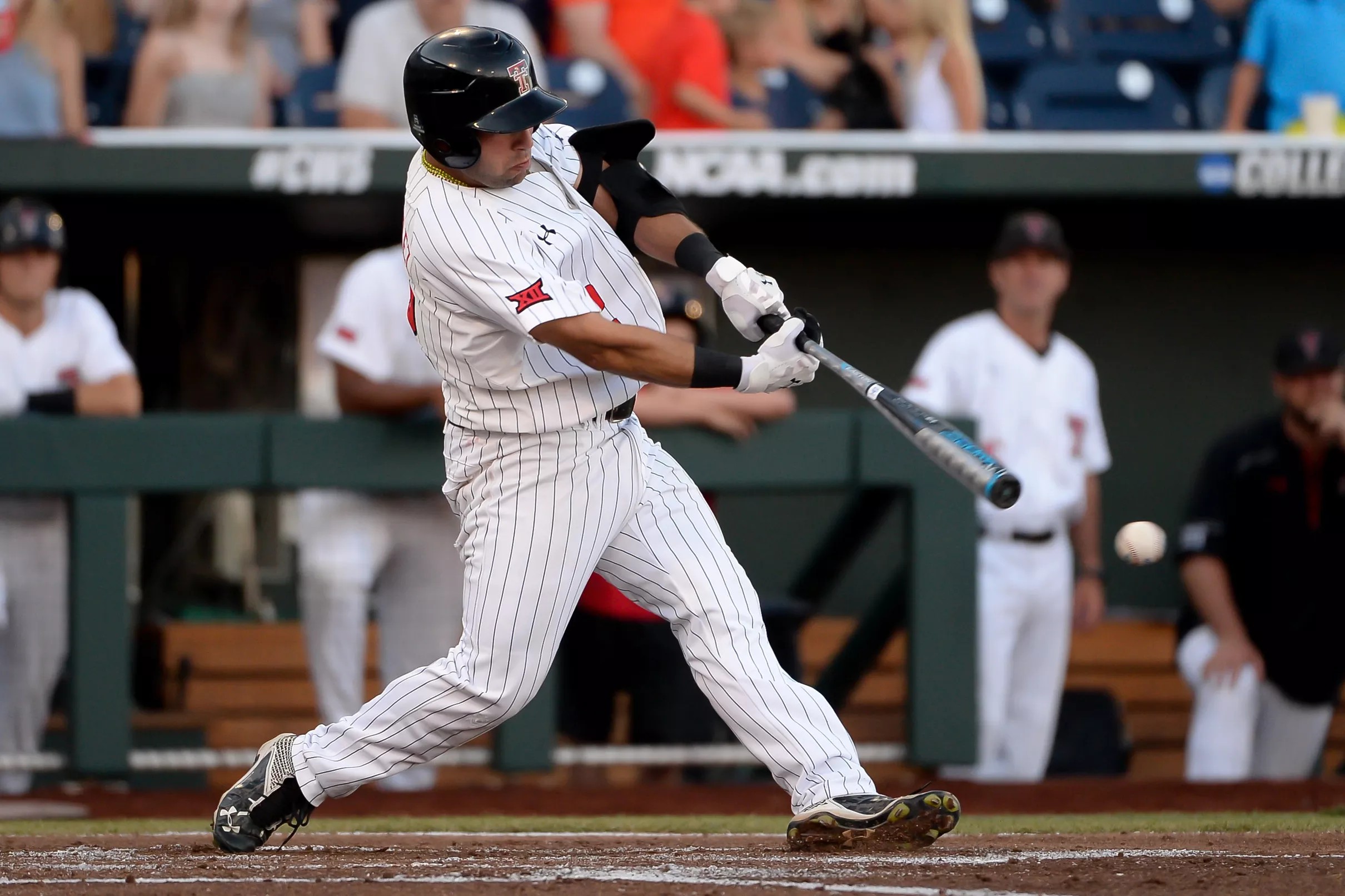

'Brother,' he said, 'you've got something there'" One deacon had a remark to make when the recital was finished. They were not a little shocked to see a man wearing a Roman collar energetically thumping away on the keys of their organ. ^ "SI.com - SI On Campus - The Vent: Who's Got the Best Fight Song?".^ "Irish fight song deemed better than M's 'Victors' ".

The second verse had "daughters" added in recognition of the university's female students: The lyrics to the Victory March were modified in June 2022 to mark Notre Dame's 50th anniversary of undergraduate coeducation. Casasanta was evidently the realization of our hopes, and to him I express my hearty appreciation of a good work admirably done for the best University in the land." Michael Shea praised Casasanta's arrangement, remarking that "the coming of Mr. Joseph Casasanta, the University of Notre Dame's Director of Bands from 1923 to 1942, wrote an arrangement of the Victory March which became "the basis for what the Marching Band and Glee Club still perform today." The original composers, John and Michael Shea, believed their composition to be "amateurish" and hoped it would be improved upon. The lyrics were revised in the 1920s Notre Dame Victory March first appeared under the copyright of the University of Notre Dame in 1928. “The song made a decided hit in the hall and at dinner, where it was also given,” The Tribune reported. The tune was sung by the Notre Dame Glee Club, accompanied by the University orchestra. "New Notre Dame Song Making Hit, Shea Production Sung First Time at President’s Exercises,” the newspaper headline announced. However, the song made its debut on the Notre Dame campus on Decemin Washington Hall at an event honoring the University president, the South Bend Tribune reported on the front page in the next day's issue. Many books and other sources have erroneously reported that the song was first performed on Notre Dame's campus on Easter Sunday, 1909, in the rotunda of the Main Building. Hammond of Mount Holyoke College, Michael Shea would first perform the song publicly on the organ of the Second Congregational Church of Holyoke, Massachusetts, where Hammond was music director, soon after completing the composition with his brother in the winter of 1908. At the behest of his former music teacher, Professor William C. Both of the Shea brothers were alumni at Notre Dame, with Michael graduating in 1905 and John earning degrees there in 19. Michael wrote the music while John served as the original lyricist. Previously, the lyrics said, “While her loyal sons are marching onward to victory.” Now, the lyrics say “While her loyal sons and daughters march on to victory.The Notre Dame Victory March was originally created by Michael J. In 2022, after 114 years, the lyrics were modified to promote an inclusive culture. The original lyrics, written when all athletes at Notre Dame were male, refer to ‘sons,’ but in recognition of the fact that the ‘Victory March’ is now played for athletic teams composed of men and women, many modified the words accordingly. John Shea, a baseball monogram winner at Notre Dame, became a Massachusetts state senator and live in Holyoke until his death in 1965. Augustine’s Church in Ossining until his death in 1938. In 1969, as college football celebrated its centennial, the “Notre Dame Victory March” was honored as the “greatest of all fight songs.” Clarence Peterson, played it as part of its athletic event 10 years later. The University of Notre Dame band, under the direction of Prof. Notre Dame’s fight song was first performed at Notre Dame on Easter Sunday, 1909, in the rotunda of the Administration Building. The words and music which begin with the words “Cheer, cheer for Old Notre Dame” are in the public domain in the United States, but are protected in all territories outside of the country. Morris and the copyright for the beginning of the song is still in effect. The copyright was assigned to the publishing company of Edwin H. The “Notre Dame Victory March” later was presented by the Shea brothers to the University and it first appeared under the copyright of the University of Notre dame in 1928. The song’s public debut came in the winter of 1908 when Michael played it on the organ of the Second Congregational Church in Holyoke. Michael, who became a priest in Ossining, N.Y., collaborated on the project with John, who lived in Holyoke, Mass. The song was copyrighted in 1908 and a piano version, complete with lyrics, was published that year. Shea, who earned degrees in 19, wrote the words.

Shea, a 1905 graduate, wrote the music and his brother, John F. Without a doubt the most recognizable collegiate fight song in the nation, the “Notre Dame Victory March” was written just past the turn of the century by two brothers who were University of Notre Dame graduates.


 0 kommentar(er)
0 kommentar(er)
